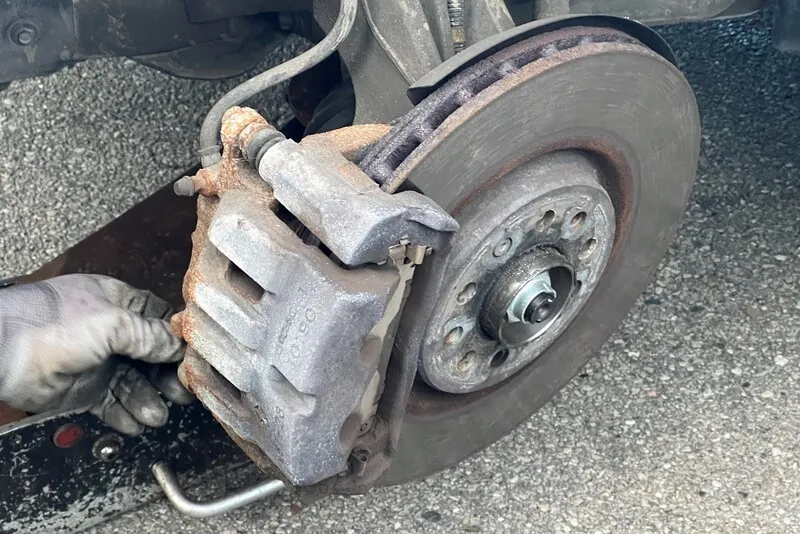The History of Brake Technology
March 15, 2023When we think of the automobile, one of the most important safety features that comes to mind is the brake system. It is hard to imagine how cars could be as safe or as efficient without the braking technology that we have today. However, the history of brake technology goes back a long way, and it is interesting to see how it has evolved over time.
The first brakes for vehicles were simply blocks of wood or metal that were pressed against the wheels to slow them down. These early brakes were called "shoe brakes" because they were shaped like a shoe and pressed against the wheel from the outside. They were not very effective, and braking distances were long.
In the early 19th century, the first bicycle was invented, and this led to the development of a new type of brake. The bicycle brake was a lever-operated, caliper-style brake that pressed rubber pads against the rim of the wheel. This brake was much more effective than the shoe brake and was soon adapted for use on other vehicles.
The first hydraulic brake was developed in the early 1920s by Malcolm Loughead (who later changed his name to Lockheed). The hydraulic brake system used fluid to transfer the pressure from the brake pedal to the brake shoes or pads. This system was much more effective than previous braking systems, and it quickly became standard on all cars.
In the 1950s, disc brakes were developed. Disc brakes work by pressing pads against a rotor that is attached to the wheel. This system provides much more stopping power than the older shoe and caliper brakes, and it is still the most common type of brake used on cars today.
Anti-lock braking systems (ABS) were developed in the 1970s and became standard on most cars in the 1980s. ABS works by rapidly applying and releasing the brakes, which prevents the wheels from locking up and allows the driver to maintain control of the vehicle during sudden stops.
Today, brake technology continues to evolve. Electronic brake systems, which use sensors and microprocessors to control the braking system, are becoming more common. These systems can provide better performance and more precise control than traditional hydraulic systems.
In conclusion, the history of brake technology shows how far we have come in terms of safety and performance. From the simple shoe brake to the advanced electronic brake system, brakes have come a long way over the years. As technology continues to advance, we can expect to see even more improvements in the future.


